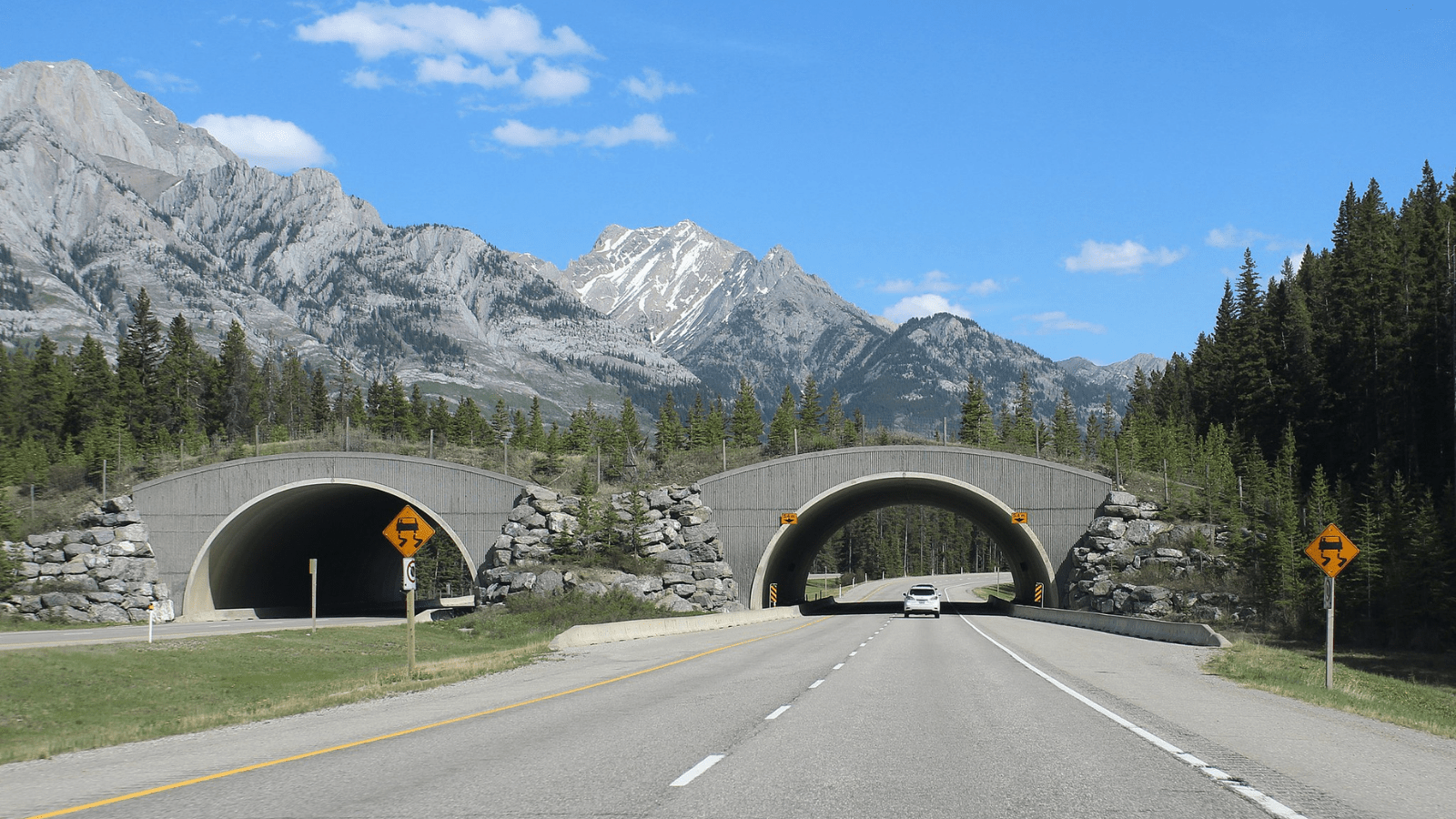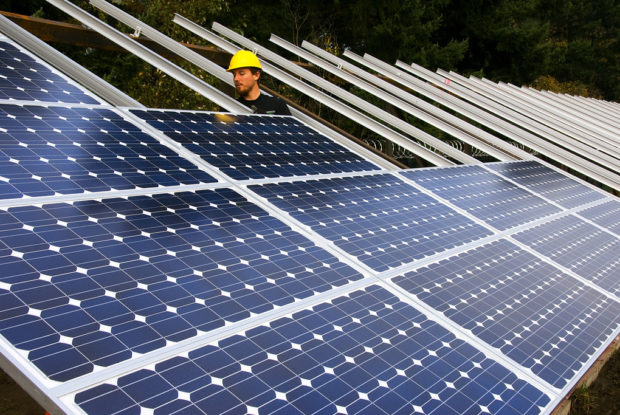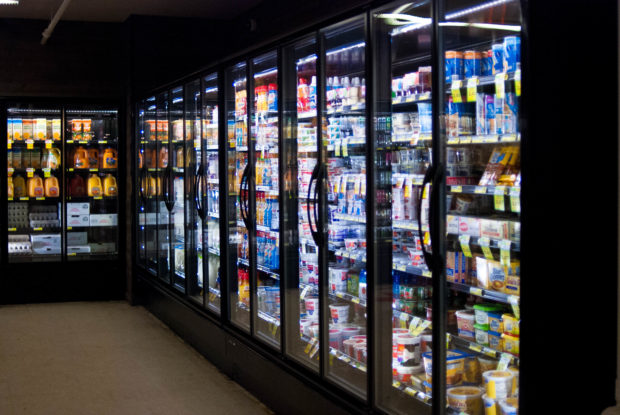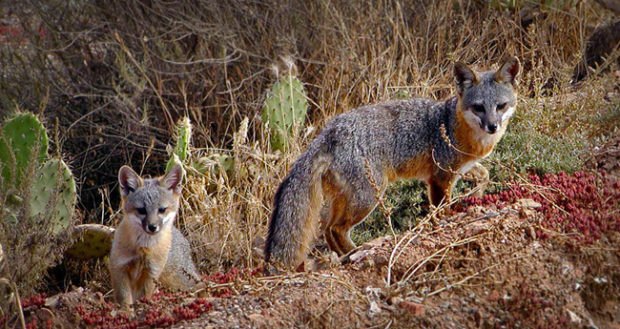We have much more to do and your continued support is needed now more than ever.
Climate and Energy Infrastructure Priorities

A Clean Energy Economy
The temperature isn’t the only thing heating up this summer in Washington, D.C. Talk of major investment in infrastructure is on the rise, too. Federal policymakers are increasingly acknowledging that investment in our nation’s infrastructure is long overdue—aging roads, bridges, and railways pose safety risks, inefficient buildings and industrial processes waste energy, many rural areas still lack effective internet access, and the U.S. electric grid is largely ill-equipped to handle modern energy needs.
These challenges require concerted policy attention. They’re also a major opportunity to modernize our infrastructure, boost local economies and create family-sustaining jobs, make major climate progress, protect and recover wildlife, and advance the U.S. towards a clean energy future.
Recently, the Senate passed a bipartisan infrastructure bill that carries forward some of the priorities President Biden laid out in the American Jobs Plan, including major investments in repairs, modernization and safety of our roads, bridges, and pipes; expanding broadband access; drinking water and wastewater infrastructure; and natural resource management, especially related to wildfire prevention and western water issues. The House is expected to vote on it later this month.
The bill demonstrates the Senate’s bipartisan commitment to laying the foundation for a clean energy economy, and is an important first step in passing legislation that slashes emissions, empowers nature to sequester carbon, protects wildlife, and more.
Other components of the American Jobs Plan, including robust action to confront the climate crisis, funding large enough to meet our country’s restoration and resilience needs, and a revitalized civilian conservation/climate corps (CCC), are also moving through Congress via a separate legislative process. This separate process, called reconciliation, should also include environmental justice measures, to meet the goals of President Biden’s Justice40 initiative, tackle injustice, and advance racial equity. The House and Senate are now working on the reconciliation bill, also known as the Build Back Better Act. Votes on the bill could happen later this month.
In any infrastructure package, the National Wildlife Federation’s Climate & Energy team is advocating for the inclusion of equitable policies, programs, and initiatives that create jobs, tackle climate change, and harness the power of nature to enhance long-term health for people and wildlife alike. Below are some of the priorities we’re pushing for:
A Tax Code that Rewards Climate-Smart Investment
As the U.S. transitions to a clean and just economy, federal tax incentives can support companies that are creating good jobs through deployment of clean power, vehicles, and manufacturing, while helping keep costs lower for consumers. A well-planned, climate-forward tax code can also incentivize companies and sectors to privately invest in green technologies and carbon-neutral or -negative infrastructure.
Policy in Action
The production and investment tax credits for wind and solar energy production have been effective at making renewable energy competitive with their fossil counterparts. However, in order to meet the President’s goal of net-zero emissions for energy production by 2035, Congress needs to double down on this commitment.
It should offer a full 10-year extension of the credits for not only wind and solar, but other forms of renewable energy (such as geothermal), energy storage, and carbon management strategies. A tech-neutral approach with a duration tied to emission reduction benchmarks, such as the Clean Energy for America Act (S. 1298), could be an even more effective approach that encourages innovation.

Incentives should be added on top of these for clean energy installation in the most carbon-intensive areas. The founder of the nation’s largest solar panel installer, Sunrun, has said the federal tax credit for solar was essential for starting and growing his business. The solar industry over the last 15 years has grown more than 10,000 percent and seen investment of $140 billion that has generated a quarter-million new jobs.
Build a Clean, Resilient Grid
Federal investment in a clean, renewable-sourced, and modern grid can also aid in an equitable transition away from fossil fuel dependence. Building efficiency is a critical strategy to reduce a building’s use of energy and therefore bring down its carbon emissions—on a larger scale, this can greatly decrease an entire community’s carbon footprint.
Policy in Action
The National Wildlife Federation supports energy efficiency upgrades in residential, industrial, and commercial buildings—to both reduce carbon emissions and save consumers money.
Congress can help by fully funding the Weatherization Assistance Program; increasing funding for the Federal Energy Management Program to invest in energy efficiency measures for all federal buildings and permanent military installations; increasing funding for the Better Buildings Initiative; and, funding the Department of Housing and Urban Development to support Public Housing Authorities in making resilience upgrades and improving critical infrastructure. This type of community investment is already taking place around the country with immediate results.
Through a Department of Energy (DOE) Office of Indian Energy Deployment Program grant awarded to the Coeur d’Alene Tribe, Benewah Market, a locally owned and operated grocery store, was able to receive energy efficiency upgrades that had the potential to reduce the store’s energy usage by upwards of 30%.
At that rate, the Coeur d’Alene Tribe would be able to save around $16,000 on yearly energy costs. The upgrades have also resulted in safer and healthier storage of perishable foods, decreased operations and maintenance costs, and caused sales to go up since products are kept and displayed more efficiently and effectively. Building retrofit projects like this one have the potential to improve a community’s economic outlook while driving down carbon emissions.


Transportation
The destructive effects of climate change are putting a strain on America’s aging transportation infrastructure—prompting lawmakers to consider how to maximize efficiency while reducing emissions and improving its resilience to heightened weather and climate extremes. By building on bipartisan work from the previous Congress, lawmakers should invest in natural infrastructure, public transportation, and climate mitigation, adaptation, and resilience throughout an infrastructure package.
Policy in Action
The National Wildlife Federation advocates for natural infrastructure to be elevated as an eligible use of transportation funds—natural infrastructure can be incorporated into surface transportation projects to offer resilience and climate mitigation. Additionally, natural infrastructure is often more cost-effective than traditional infrastructure.
For example, coastal restoration projects carried out under the U.S. Fish and Wildlife Service’s Partners for Fish and Wildlife Program and Coastal Program in FY2011 returned $1.90 in economic activity for every dollar spent on restoration; in California, the rate of return was even higher at $2.10 for every dollar spent. On top of economic benefits, coastal restoration protects people and wildlife from rising sea levels and intense storm surges that tend to damage roads and bridges, while enriching local habitat.

Learn more about NWF’s climate and clean energy priorities for infrastructure legislation here. We urge policymakers to uplift equitable infrastructure policies that tackle climate change, create safer and more resilient communities, create jobs, and protect and restore wildlife.





















